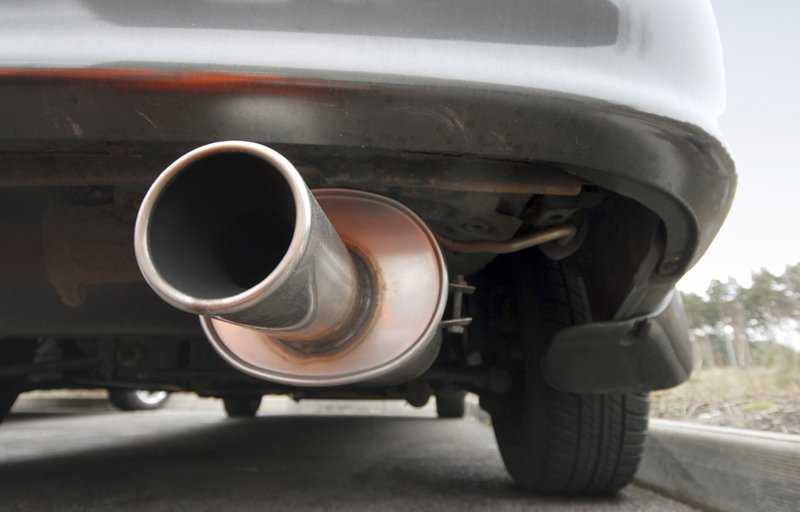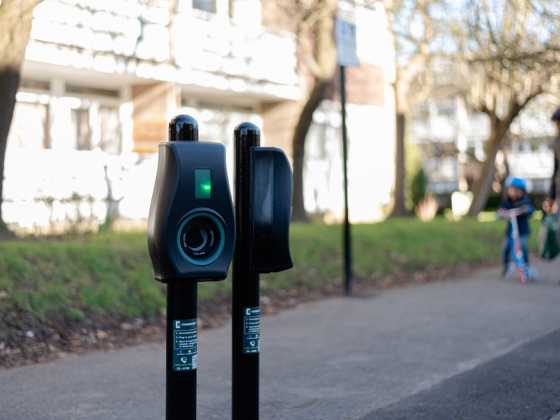EEA data shows emissions rise in new cars sold in 2017

According to provisional data published by the European Environment Agency (EEA), the average CO2 emissions of a new car sold in the European Union rose by 0.4g/km last year to 118.5g/km.
Since 2010, when monitoring started under current EU legislation, official emissions have decreased by 22g CO2/km (16 %).
While past years have seen steady declines, new passenger cars registered in 2017 emitted on average 0.4 grammes (g) of carbon dioxide (CO2) per kilometre more than in 2016.
Further improvements need to be achieved by manufacturers to reach the 2021 target of 95g CO2/km.
Key findings of the data:
• New cars sold in 2017 emitted on average 118.5 g CO2/km, a slight increase of 0.4 g/km compared to 2016. For 17 EU Member States the average CO2 emissions were higher than in 2016.
• Sales of new passenger cars in the EU increased by 3 % in 2017 compared to the previous year. A total of 15.1 million new cars were registered, the highest number since 2007. Registrations increased in all EU Member States except Finland, Ireland and the United Kingdom.
• For the first year since monitoring started, petrol cars became the most sold vehicles in the EU, constituting almost 53 % of sales. Diesel cars made up 45 % of the new registrations. Compared to 2016, the registrations of diesel cars decreased in all EU Member States except in Italy (+0.6 percentage point) and in Denmark (+6.9 percentage point). The biggest decrease of diesel cars was registered in Greece and Luxemburg (- 19 and – 17 percentage points). The countries with the highest proportions of diesel sales included Ireland (65 %) and Portugal (61 %), Italy (56 %).
• The difference between average fuel efficiency of petrol cars (121.6 g CO2/km) and diesel cars (117.9 g CO2/km) is reducing compared to 2016. The average fuel efficiency of petrol cars has been constant in the last two years; whereas the fuel-efficiency of diesel cars has worsened, compared to 2016 (116.8 g CO2/km).
• Sales of plug-in hybrid electric vehicles (PHEV) and battery-electric vehicles (BEV) continued to increase, last year by 42 %. However the share of these categories in the new fleet remains low (1.5 %). Around 97 000 BEV were registered in 2017, a 51 % increase compared to 2016, while sales of new PHEVs increased by 35 %.The largest number of BEV were registered in France (more than 26 110 vehicles) and Germany (more than 24 350 vehicles) and the UK (more than 13 580 vehicles).
• Combined, the relative share of PHEV and BEV sales was highest in Sweden, Belgium and Finland, reaching 5.5 %, 2.7 % and 2.6 % respectively of national car sales in 2017.
• The average mass of new cars sold in the EU (1 390 kg) remained broadly the same as in previous years. The mass of a vehicle is one of the key factors affecting emissions. The average diesel car sold was 283 kg heavier than the average petrol car, 20 kg less than in 2016. While the average mass of diesel cars remained constant in the last two years, the average weight of petrol cars increased by 27 kg. On average, the heaviest cars were sold in Sweden (1 540 kg), Austria and Luxembourg (1 502 kg) whereas Maltese, Greek and Danish buyers on average preferred the lightest cars (1 211, 1 243 and 1 279 kg respectively).
• Since 1 September 2017, the 'Worldwide harmonized Light vehicles Test Procedure' (WLTP) has been introduced so that laboratory results better represent actual vehicle emissions on the road. For 2017 EU Member States had for the first time the possibility to report WLTP emission factors, but values were reported for just 7300 vehicles (0.05 % of new registrations). The low number of WLTP values means it is not yet possible to provide a representative assessment of the new measurement protocol.



